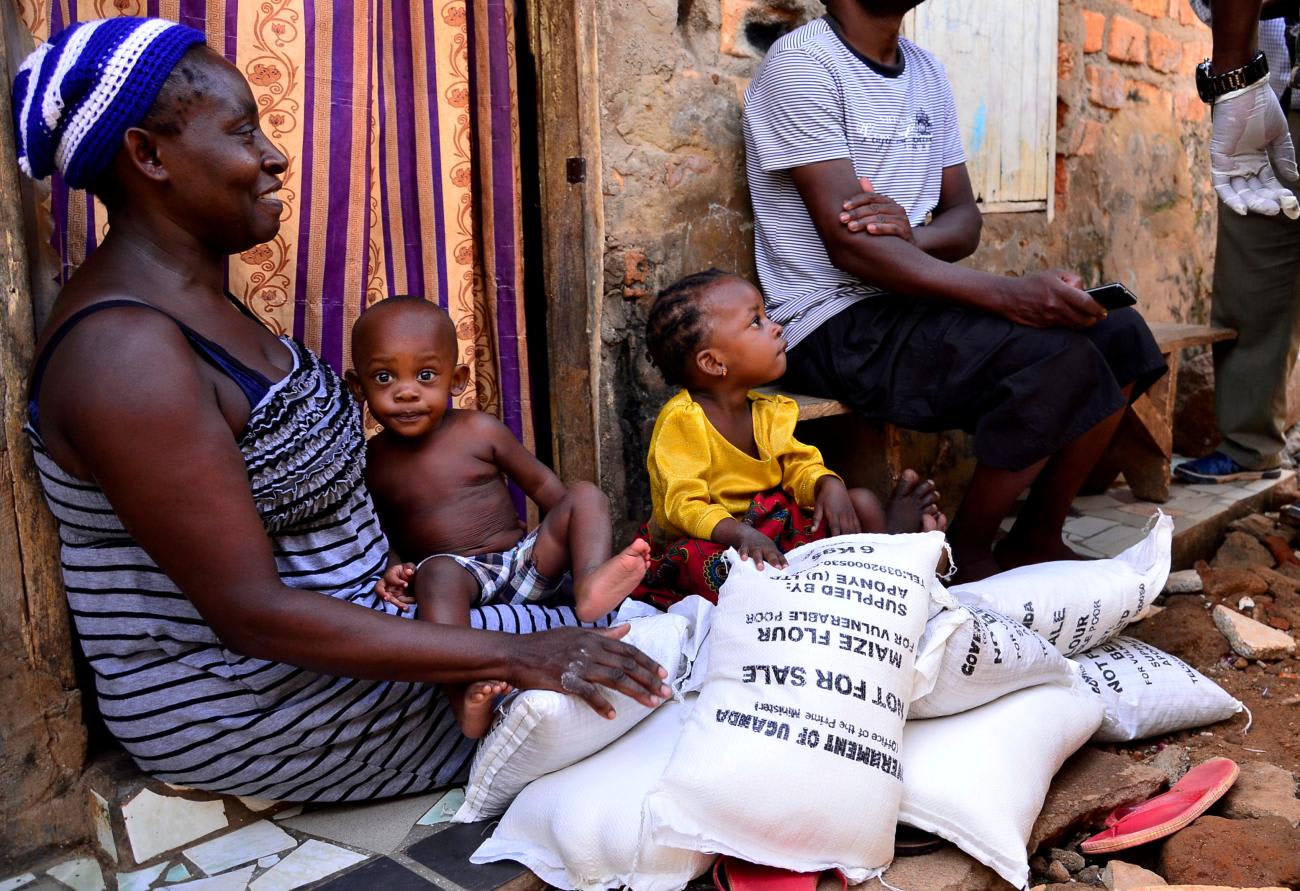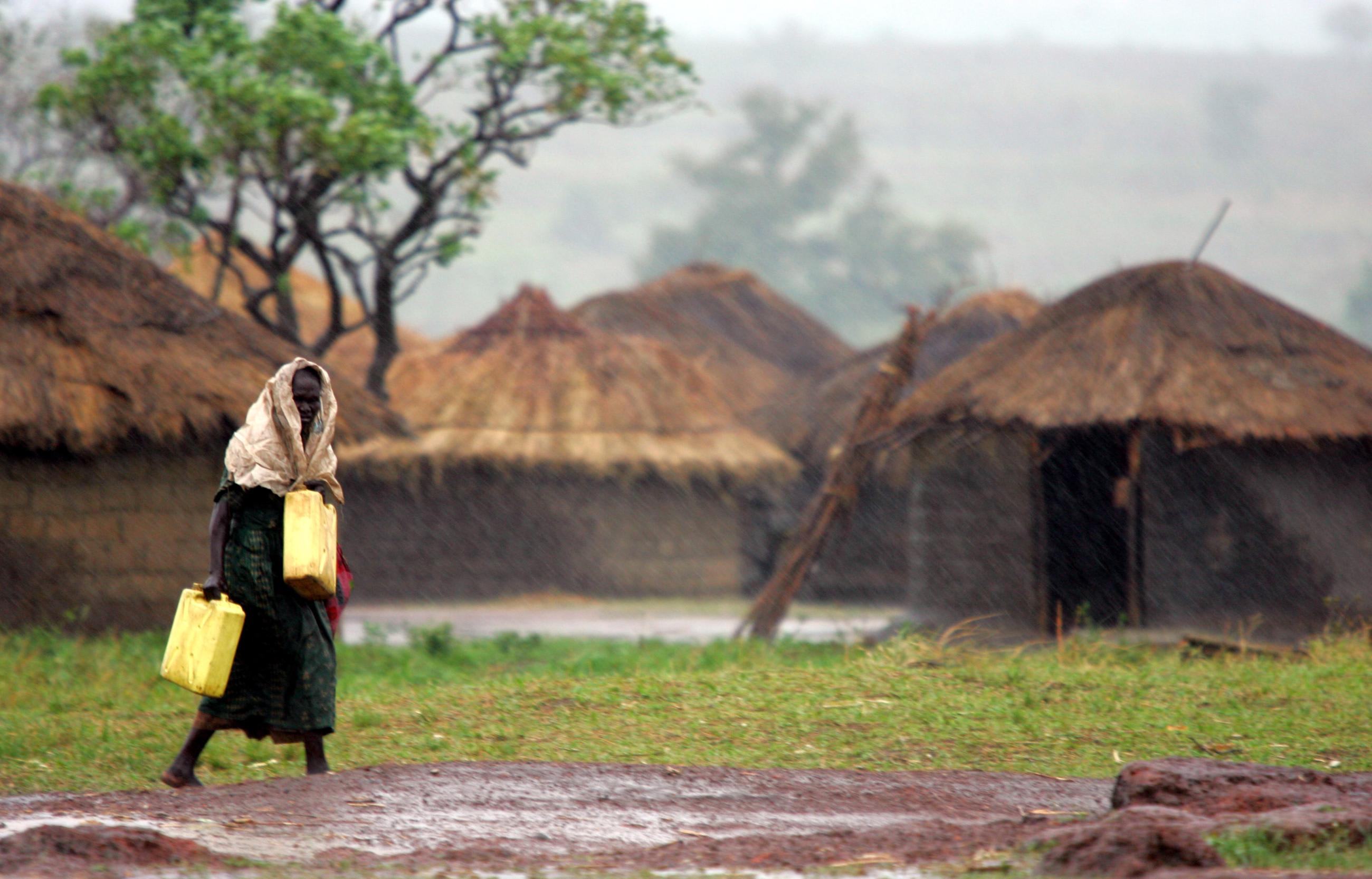In October 2023, anthrax broke out in Uganda and several other East African countries, several months earlier than the usual peak in January and February, when those regions transition from a dry to rainy season. The current outbreak has also hit regions not prone to anthrax.
But earlier in the year, before the anthrax season could surge, authorities got a head start by using existing data in new ways. Widely adopting and continuously improving this novel approach could be the key to stopping disease spread before it can start, even if timing or location changes.
My organization, Resolve to Save Lives, is one of many partners collaborating with national public health institutes to design and implement simple early-warning initiatives that enhance existing epidemic response programs and further strengthen early detection and response capacities.
Uganda's head start began in 2022 with data gathered from multiple government agencies. This data included:
-
rainfall, flooding, and temperature patterns from the country's Water and Environment Ministry;
-
soil and animal illness patterns from the Agriculture, Animal, and Fishery Ministry and the Wildlife Ministry; and
-
infectious disease outbreak patterns from the Health Ministry.
Once compiled, overarching patterns started to emerge; for example, several infectious diseases tend to surge in the weeks following changes to one or more datasets. Though anthrax tends to spike in Uganda in January and February, this is almost always after temperatures drop, rainfall increases, and soil samples show increases in Bacillus anthracis spores, the bacteria that causes anthrax. It's the combination of these factors that allow Bacillus anthracis to flourish and anthrax cases to soar.

With this new information, the Ugandan government created simple, year-long visualizations illustrating how the data from these various ministries together reveals risk factors for several infectious diseases, including cholera, malaria, viral hemorrhagic fever, influenza, yellow fever, and anthrax. These data visualizations, called seasonal calendars, then informed fifty-one actions that public health authorities could take ahead of surges to help prevent or reduce illness, with actions linked to risk level throughout the year.
The time required to detect an anthrax outbreak in the Mbale region fell from sixty-four days in 2022 to two days in 2023
Ahead of the January 2023 anthrax season, national public health authorities published an anthrax disease brief in the monthly national bulletin reminding key stakeholders of the signs and symptoms of an anthrax infection, that anthrax is most commonly spread to humans from infected animals such as cattle, and—most important—the number to call if they started to see outbreaks. They also started vaccinating livestock as early as November in areas where animals have had anthrax in the past, communicating with and engaging at-risk communities, reeducating health-care workers, and distributing and prepositioning supplies that would have otherwise been released only after cases started to rise.
In the year since implementing this new early-warning approach, the time required to detect an anthrax outbreak in the Mbale region fell from sixty-four days in 2022 to two days in 2023.
This shift is likely due to increased awareness among key stakeholders, health-care workers, and communities—leading to more careful practices when working with soil and livestock and reduced detection time of symptoms at home and in health facilities.

Using an early-warning approach that triggers response efforts based on factors known to lead to harmful outcomes rather than initiating a response only after waiting for outcomes to occur has long been applied in natural disaster response. When tropical cyclones and flooding are most likely, governments provide guidance on evacuation and food stockpiling well before these events touch land.
Early warning has also been used to prepare for famines, when data on markets, food insecurity, and weather can help governments address potential food shortages before cases of malnutrition surge. Outbreaks of certain infectious diseases are similarly known to correlate with environmental factors: increased rain can produce surges in cholera and malaria; dry weather increases risk of meningitis.
Outbreak Preparedness and Response in the Face of Climate Change
Resolve to Save Lives' pilot programs in Uganda, Nigeria, and Ethiopia wield what is referred to as Enhanced Situational Awareness (ESA) by using existing data to make simple visual representations of monthly risk for priority diseases, such as the seasonal calendars in Uganda.
The pilot programs also integrate early-warning initiatives into annual or multiyear preparedness and response plans. This officially categorizes the initiatives as part of the response efforts and ensures resources and funding are available and prioritized before cases rise when indicators suggest an impending outbreak.
The early-warning approach has not been widely adopted for infectious disease prevention and response efforts for a variety of reasons, primarily that it is often difficult to secure funding and allocate resources such as increased staff to outbreaks that have not yet occurred when other equally pressing issues at the community, state, or federal level need attention.
When governments redefine the triggers for response efforts to focus on nonhealth risk factors as well, however, they can better anticipate, prepare for, and respond to disease threats throughout the year, remaining nimble in a rapidly and constantly evolving climate. This shift from reactive to proactive response is particularly important in light of climate change, which amplifies the impacts of infectious disease spread and brings infectious diseases to new areas by shifting temperatures and weather events. At the twenty-eighth Conference of Parties (COP28), leaders formally acknowledged climate change's impacts on health, especially for vulnerable populations, and the need to act on risk factors for diseases even if those diseases are not typical or anticipated for a region or country.
These data visualizations, called seasonal calendars, then informed fifty-one actions that public health authorities could take ahead of surges
This approach does not require countries to substantially reconfigure their operations, but does require changing how people and decision-makers think, including updating current processes, collaborating across disciplines, and using existing data and tools in new ways. Many countries already have preparedness and response systems in place including respective resources—the challenge now is responding when all signs point to a potential disease outbreak rather than waiting for the outbreak to occur. This shift means that applying early-warning initiatives to infectious disease outbreaks also entails restructuring when and how finances are released for response so that resources are made available when early-warning indicators suggest an increased risk of an outbreak.
The early-warning approach is not a one-size-fits-all solution. Integration into preparedness and response systems and national plans will look different for each country. The principles remain the same, however. These initiatives are part of a continuous improvement process that can save money and lives by getting ahead of outbreaks. Even though many governments and researchers have considerable data at hand, it is often difficult to glean real information from that data to effectively affect policies.
When implemented well, simple tools that use existing data in new ways, such as the ESA project, will improve the ability to better anticipate disease outbreaks and increase the ability to take rapid action before the spread can start—a need that will only grow as climate change intensifies and community vulnerabilities shift.













